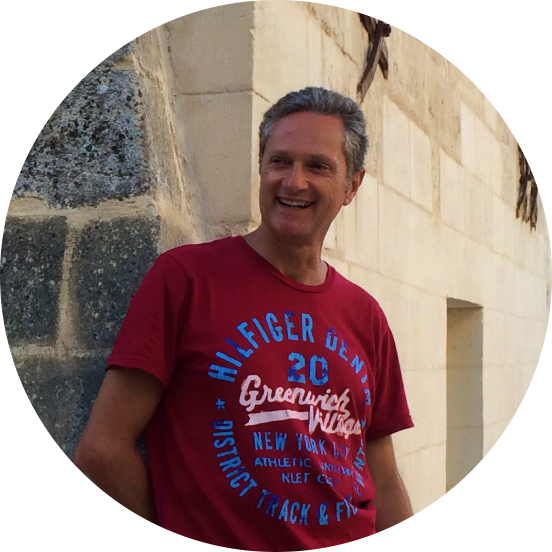In 1998, Marcello came to CERN to stay only 6 months, as a project associated. But those 6 months became a whole career. So far, he has been working here for the last 20 and more years.
Marcello is an applied physicist, who was born and raised in Salerno, located in the stunning Amalfi coast. From his room, he could see the Mediterranean sea. He remembers when he was a student and he had to fight against that bellissimo landscape, which was very distracting.
He studied physics in Salerno’s University and he was provided a fellowship in Genoa for finishing his studies there, working for the Istituto Nazionale di Fisica Nucleare (INFN). Right after, Marcello started to work for Ansaldo Energia, also in Genoa. After 12 years working on that industry side, he changed to the other one and he arrived to CERN.
Although the sea had always been part of him, he lost it when he moved to Geneva. But, in 2008, he took a professional leave to work as a project manager of “Fusion for Energy” in Barcelona. During six years, he re-encountered with the sound and the waves of the Mediterranean.
In 2014, he came back to CERN and, from then on, he is part of the Knowledge Transfer Group. Marcello is much interested in the application that physics can provide in short-term to face the key challenges of our planet. To him, we are the virus of this planet: we are infecting it with our presence.
Marcello would love to see how the technology that they are using at CERN could contribute on those challenges, mainly in the environmental and energy production sectors. That would make a lot of meaningful his experience of working as an applied physicist in this huge lab.
Richard Feynman, one of the most well-known physicist of our times, who received the Nobel Prize in Physics in 1965, asserted that “even if we cannot see beauty in particular measured results, we can already claim to see a certain beauty in the equations which describe general physical laws”.
Marcello remembers studying Feynman, and his description of Maxwell’s equations, and asking himself: are they not beautiful? Of course they are, but not because of the funny resulting plots, but for the ideas that were invented into these equations.
To Marcello, beauty is something that can go from quarks up to top models. It can go outside of the borders of the stetic, but can be even an abstraction. And, with no doubt, it is very subjective. As it would be said in the south of Italy: ogni scarrafone è bello a mamma soja. Even the ugliest living things can be beautiful.
As the Pythagorean philosopher, Theano of Crotone, Marcello believes that we can not imagine our life detached from the planet’s life. Everything is related to everything else, we are not isolated elements and our interaction is our perturbation of the system, as it is obvious. At least, Marcello hopes that all his interrelations do not have a harmful effect on any plant, animal or human being on this Earth.
Marcello enjoys and recommends reading Elias Canetti. This Bulgarian writer, Nobel Prize in Literature in 1981, said that “the planet’s survival has become so uncertain that any effort, any thought that presupposes an assured future amounts to a mad gamble”. Although it may sound crazy, this is Marcello’s bet.
